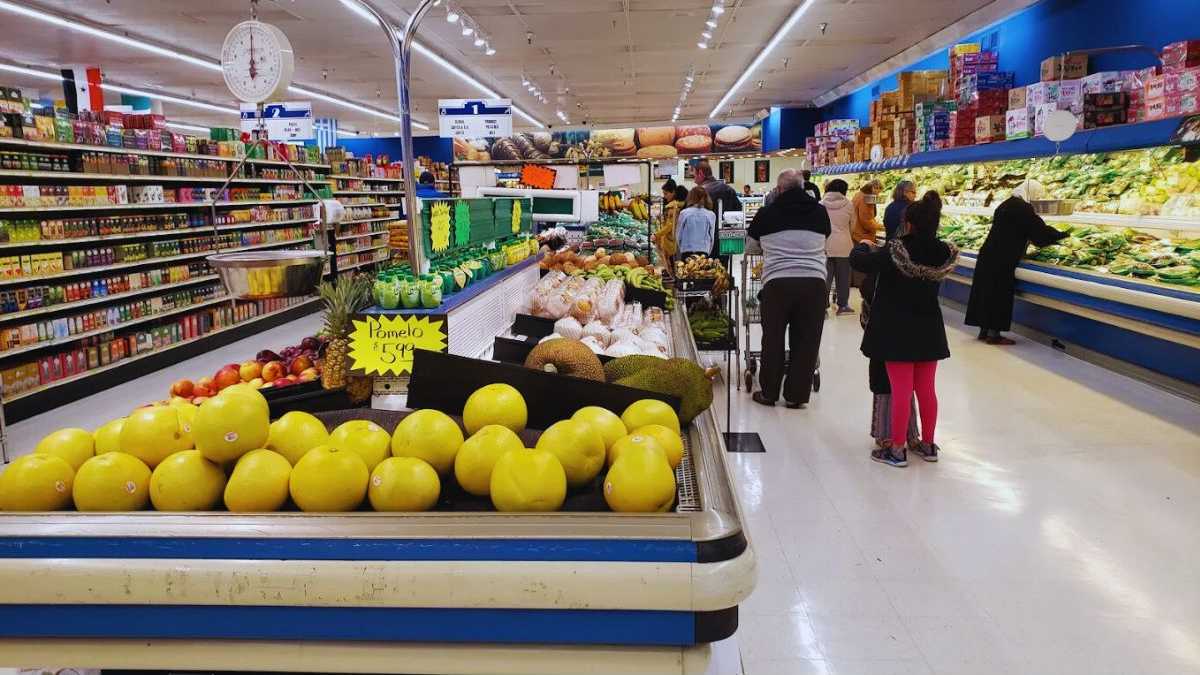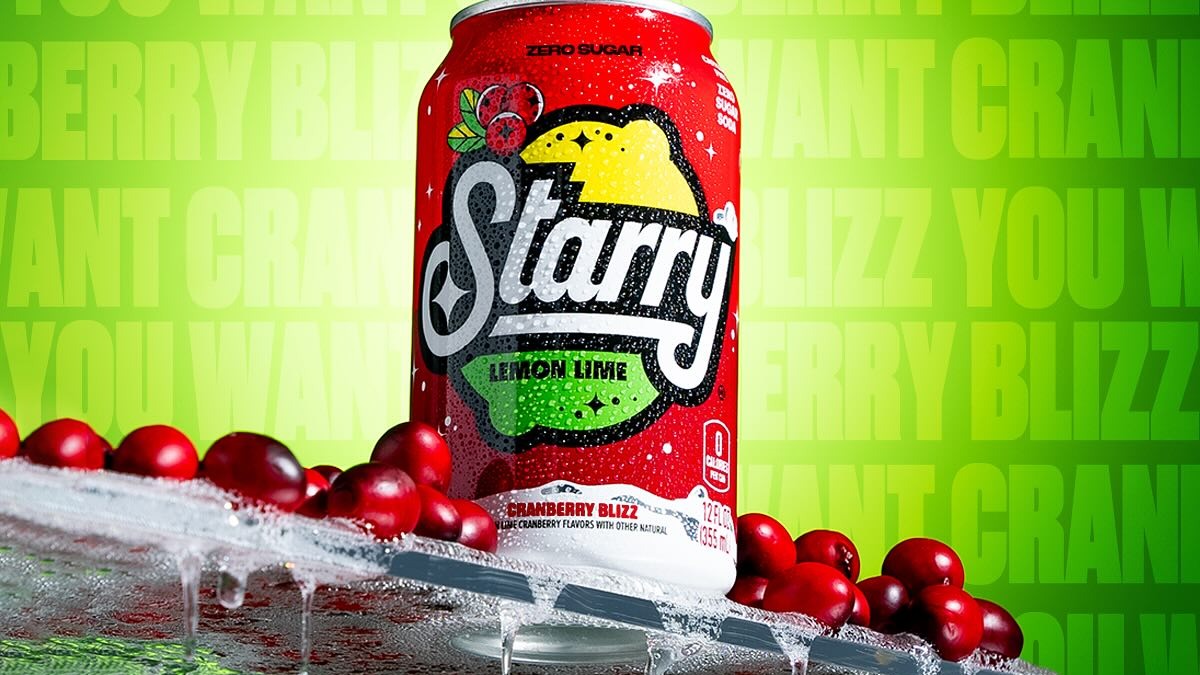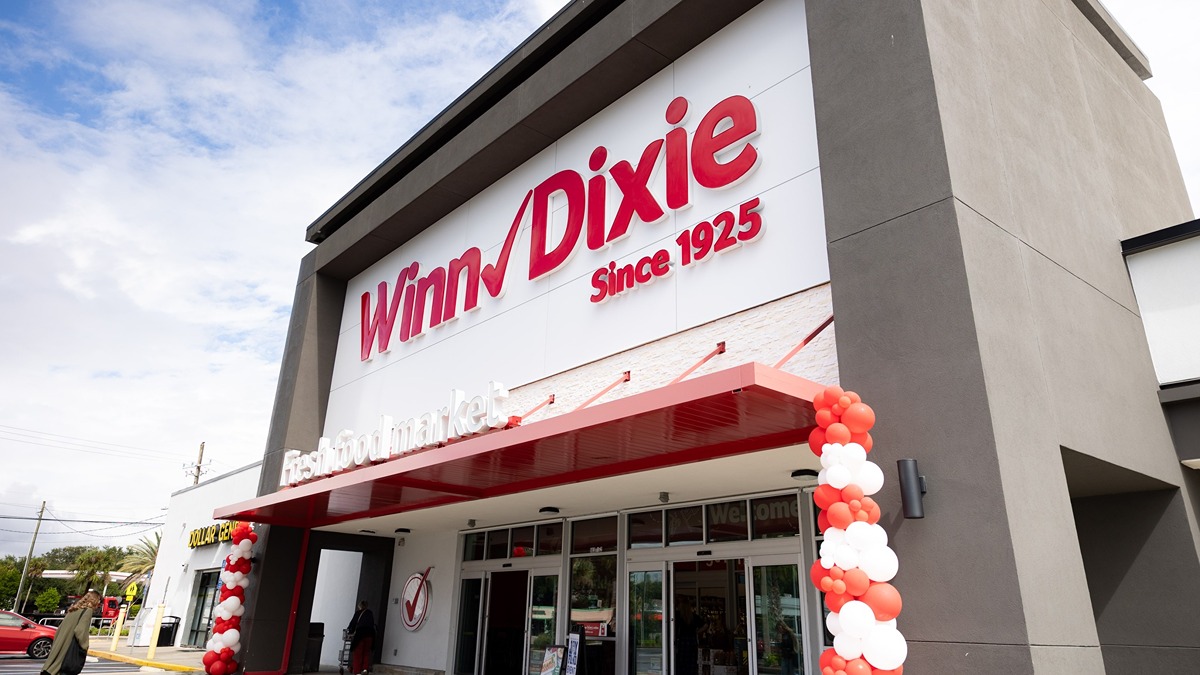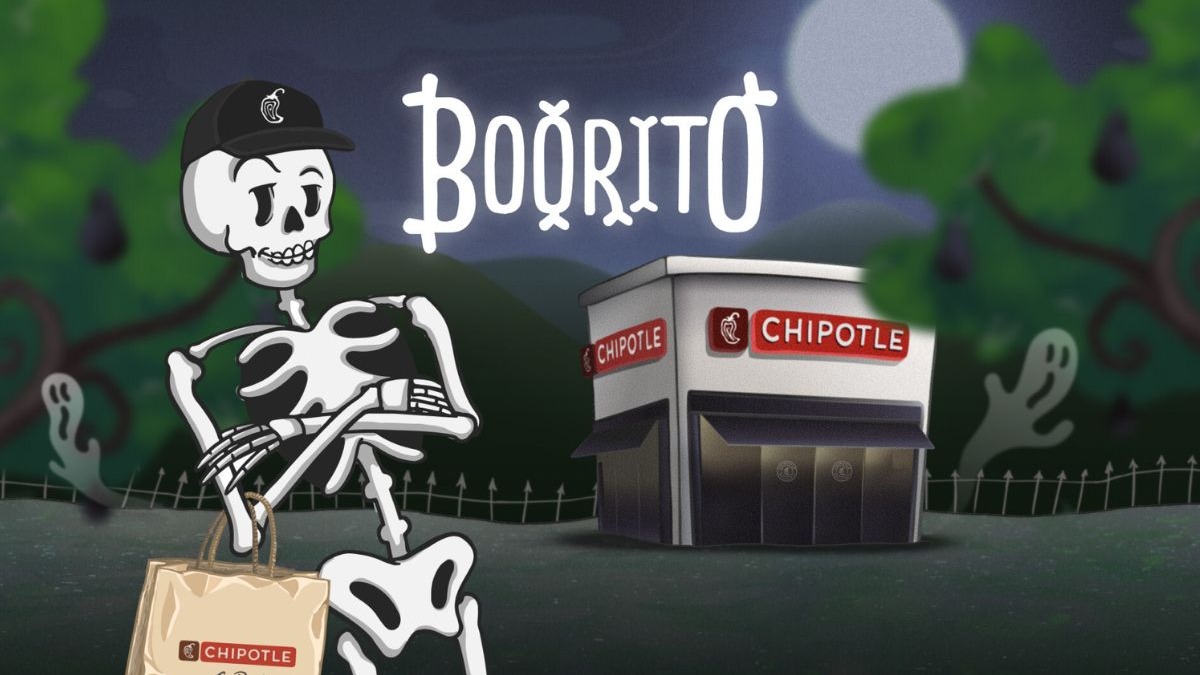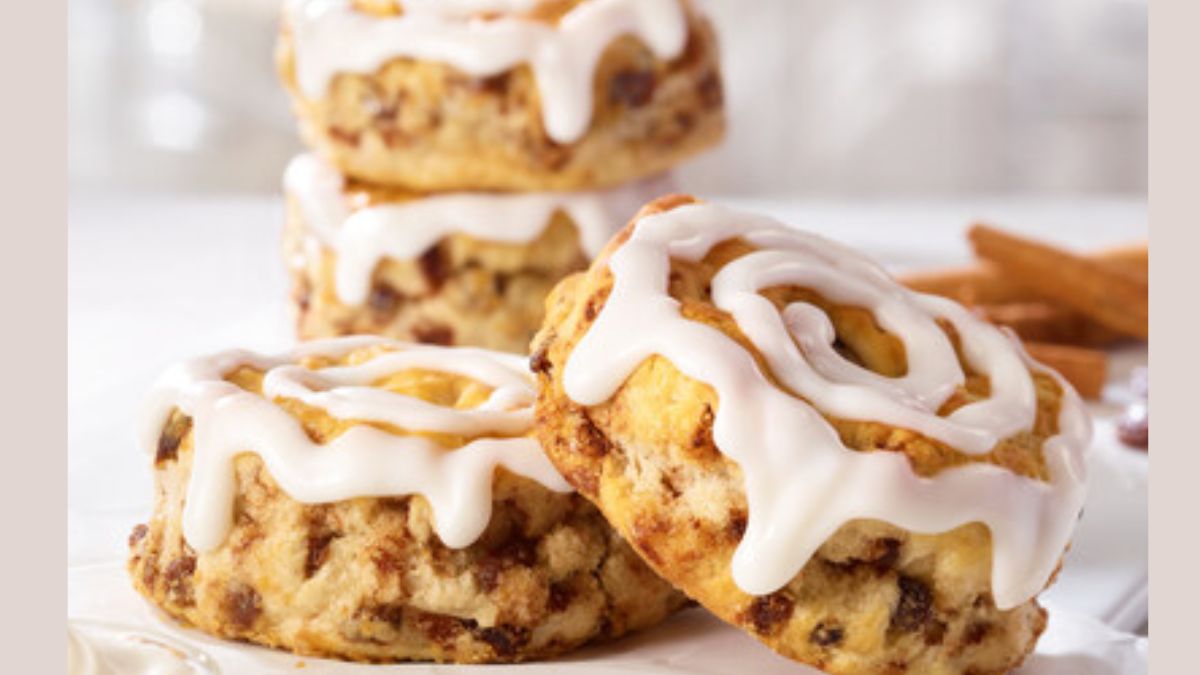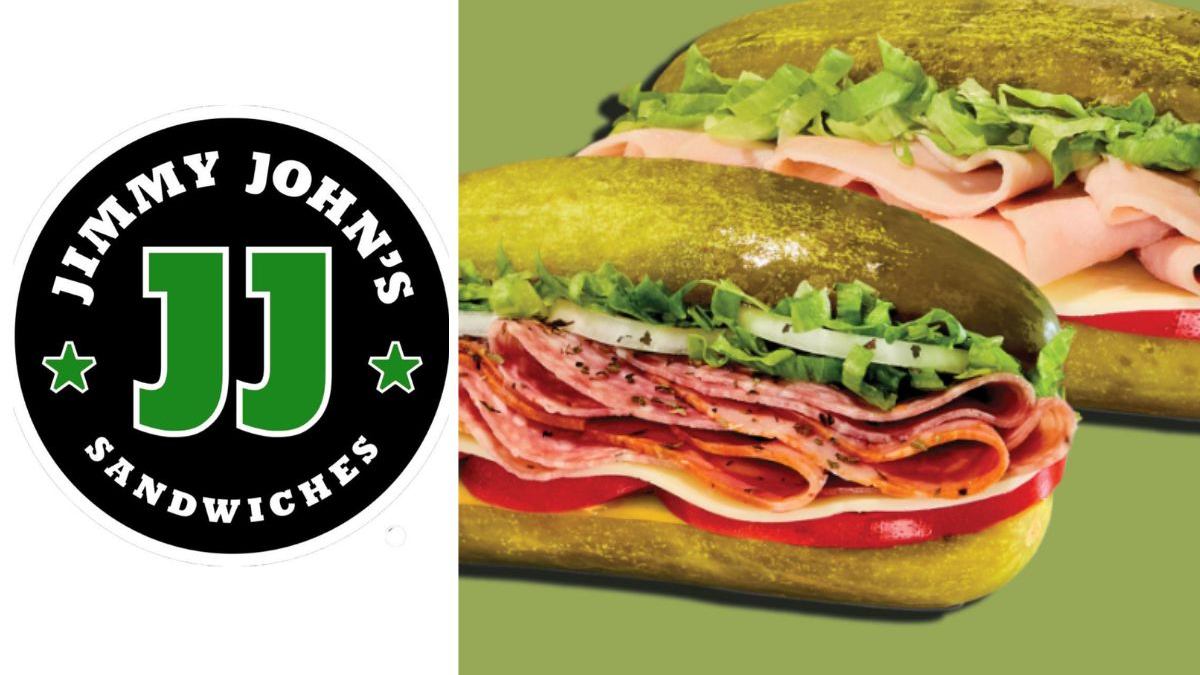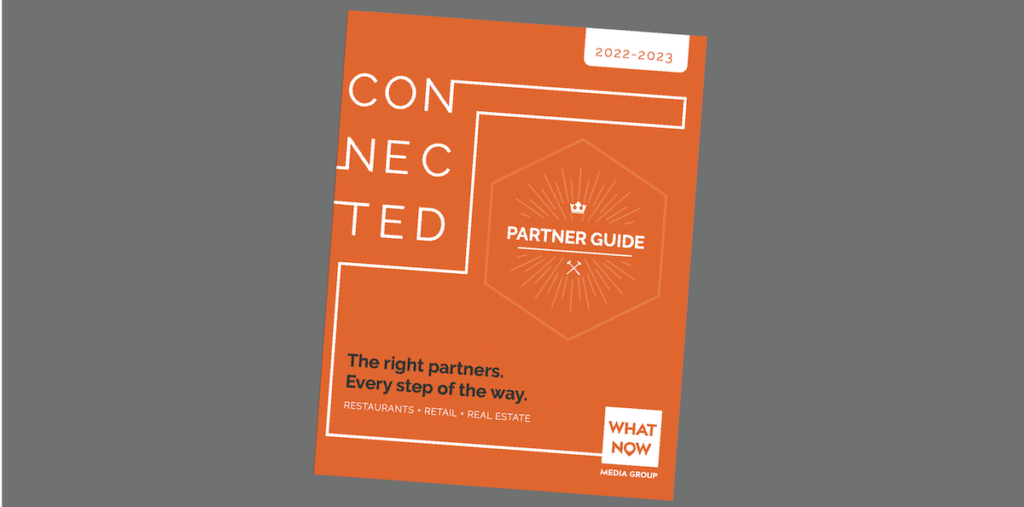The U.S. economy is bracing for a turbulent period as new tariffs are being imposed. Adding to the situation, inflation rates increased to 2.8% in February, which has, in turn, led to a panic among consumers.
Fearing increased tariffs in the coming months, consumers are stockpiling products and reducing spending on recreational activities.
Highlights
- Consumers across the U.S. are piling goods in advance, fearing taxes in coming months.
- According to the Bureau of Economic Analysis, consumer spending in the country increased by only 0.1% in February.
- Inflation rates coupled with decreasing confidence of consumers might result in a weaker U.S. economy later in 2025.
Inflation and Tariff Pressures Take Over the U.S. Economy
According to the Bureau of Economic Analysis, consumer spending in the country increased by a mere 0.1% in February. It also found that the Federal Reserve’s Personal Consumption Expenditures (PCE) price index rose from 2.6% in January to 2.8% in February. The index did not include volatile food and energy.
Against this backdrop, Yelena Shulyatyeva, a senior Conference Board member, stated that the PCE rise was just a starting point of even more price increases in the coming months. This was because of the upcoming tariffs, which will greatly impact the consumer price data.
These numbers reflect that the U.S. economy is about to dip low into a phase filled with poor growth and high inflation. The Conference Board also emphasized that despite a 4% rise in Q4, the inflation-adjusted will probably come down to 0.2% in Q1.
The board added that after the pandemic, for the first time, consumer spending will go low in Q1. Citing the reasons, board members threw light on rising prices and slumping household confidence.
Worried Customers Reduce Their Spending
The current U.S. government has either implemented or shared plans of imposing tariffs in different verticals. These include products from exporters of China, the EU, Canada, and Mexico. This is why in recent months, stressing about import duties, U.S. consumers have been purchasing more and more products.
According to Shulyatyeva, to manage their finances after the excessive spend, the consumers have started trimming their expenses on restaurants and other such discretionary areas.
Impact of Goods Stockpiling on the Economy
Shulyatyeva stated in a Conference Board report that before the tariffs are implemented, stockpiling of products could result in consumers moving away from buying items later this year. The Conference Board also thinks that consumers will become even more mindful of making purchases if inflation rates continue to skyrocket.
The mix of surging prices and slowing consumer spending would ultimately lead to a weak U.S. economy in the coming months.
Potential Positive Changes of Cooling Economic Growth
According to Shulyatyeva, cooling economic growth could bring down inflation. Additionally, it could allow the U.S. central bank to ease its monetary policy in the second half of this year.
She stated, “Barring de-anchoring of longer-term inflation expectations, we anticipate that the negative impact on growth will likely overwhelm the impact of higher inflation, resulting in the Fed reducing policy rates.”
Although Americans are piling up more and more products by worrying about taxes, their overall spending is decreasing. Their spending is particularly dipping in dining and other discretionary areas. The combination of inflation and low consumer spending might lead to weak economic growth this year.

